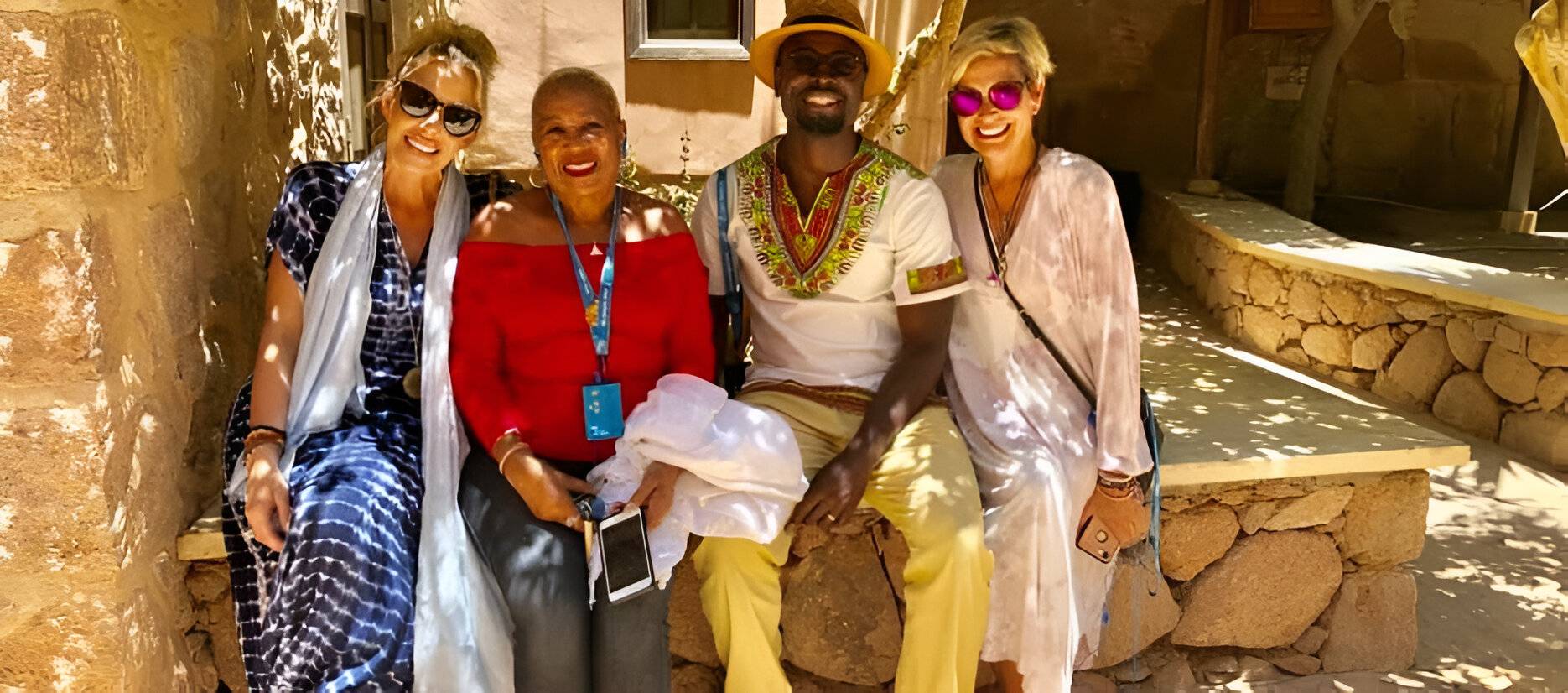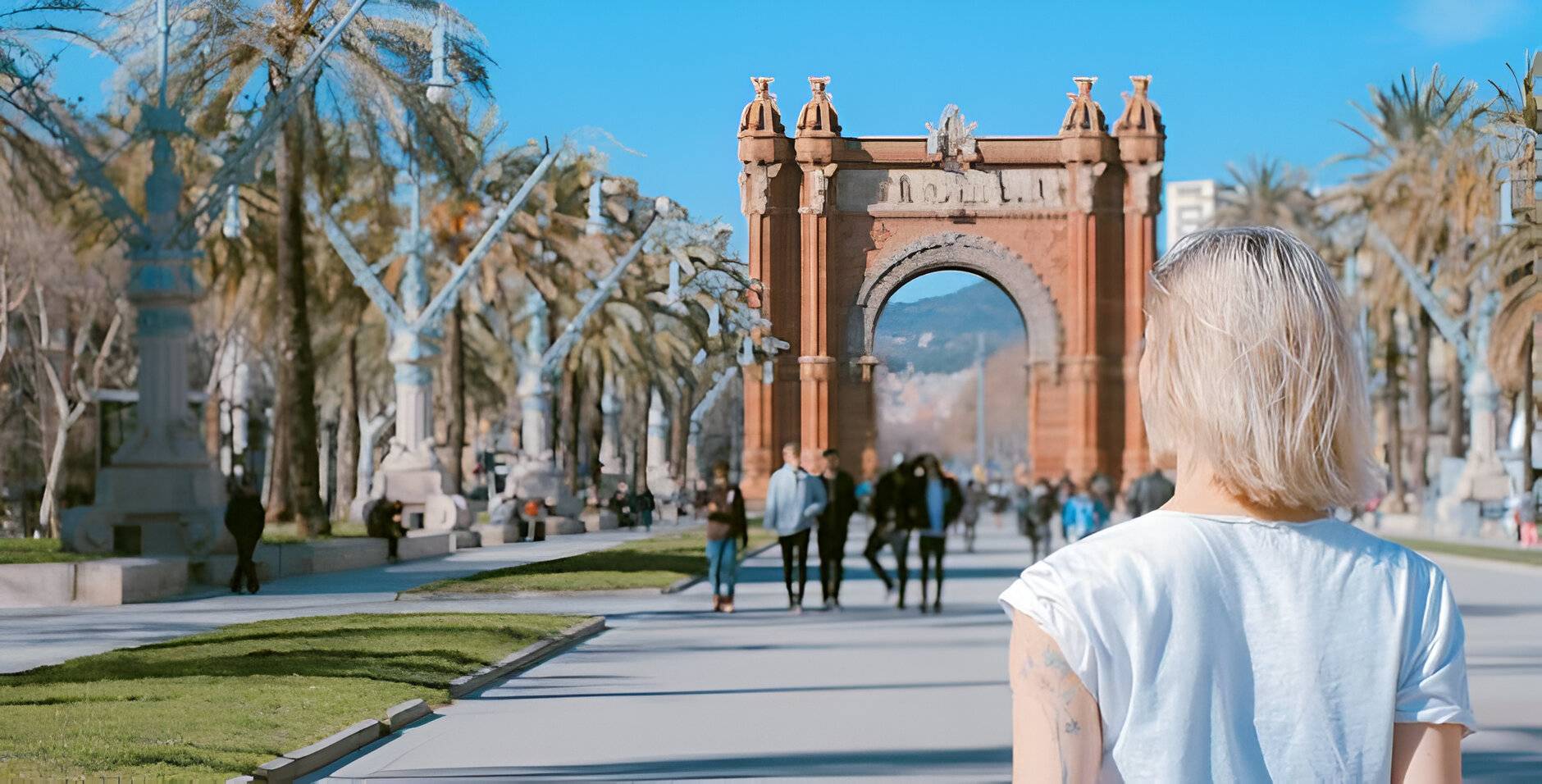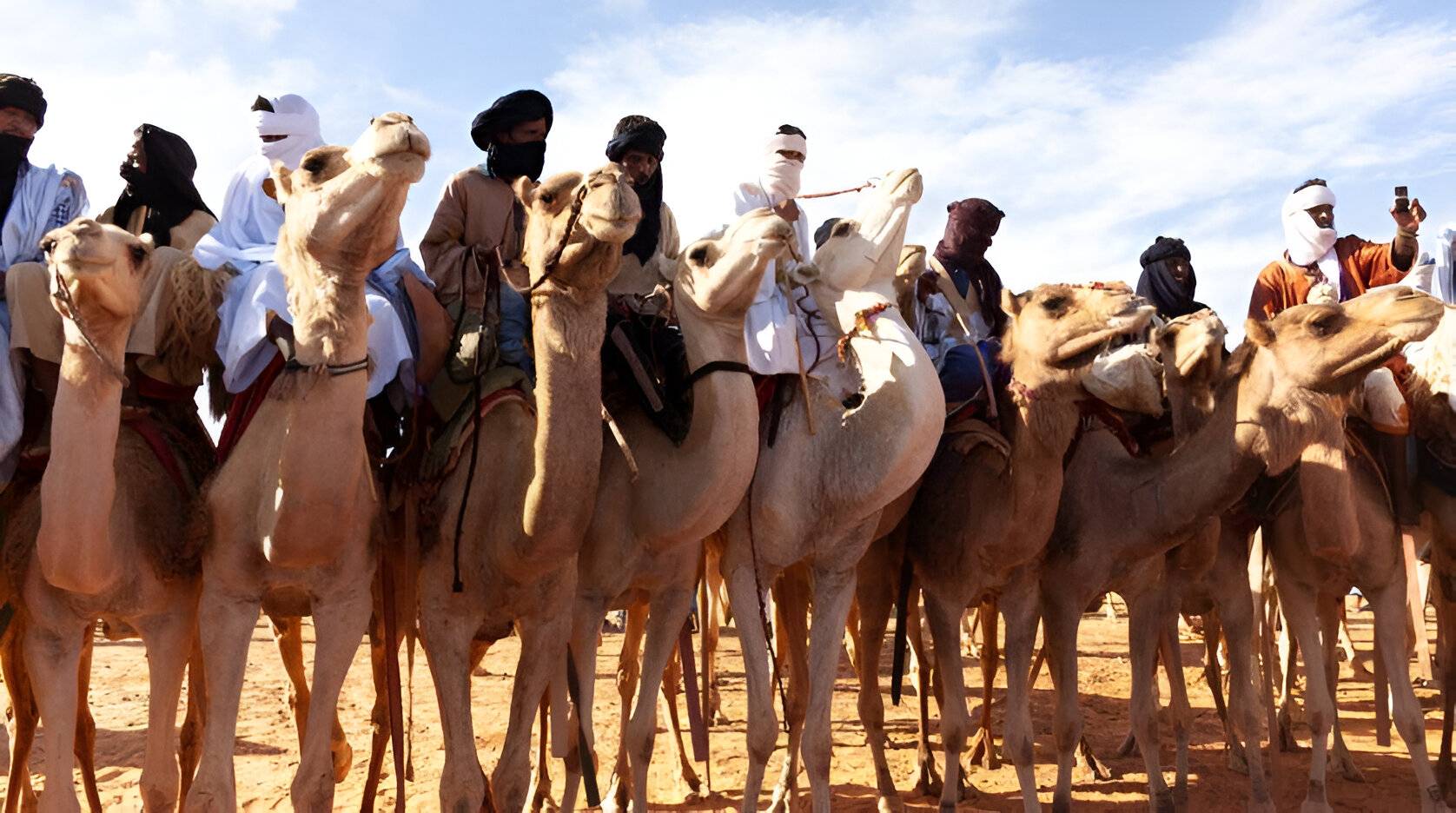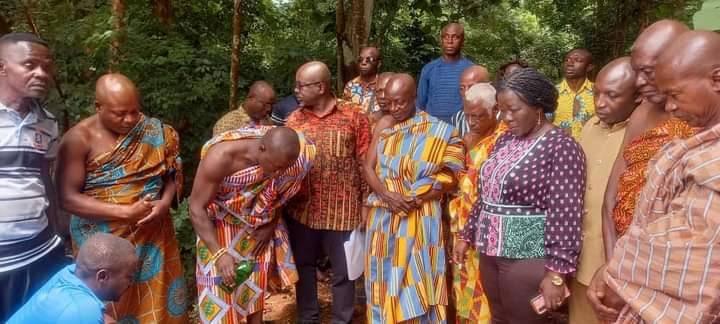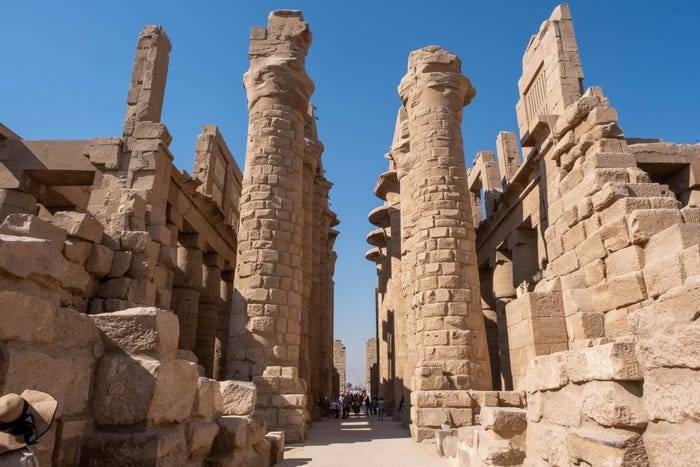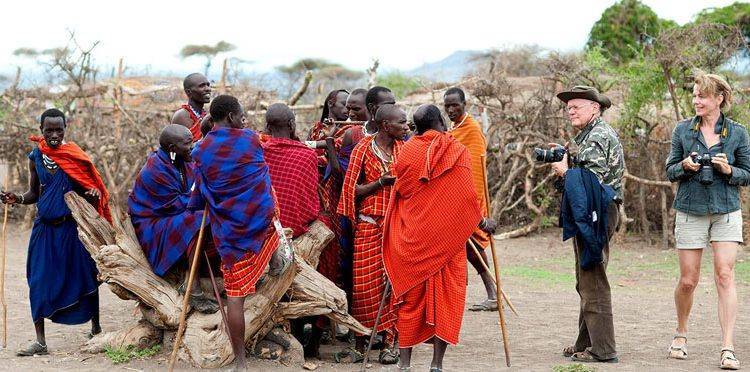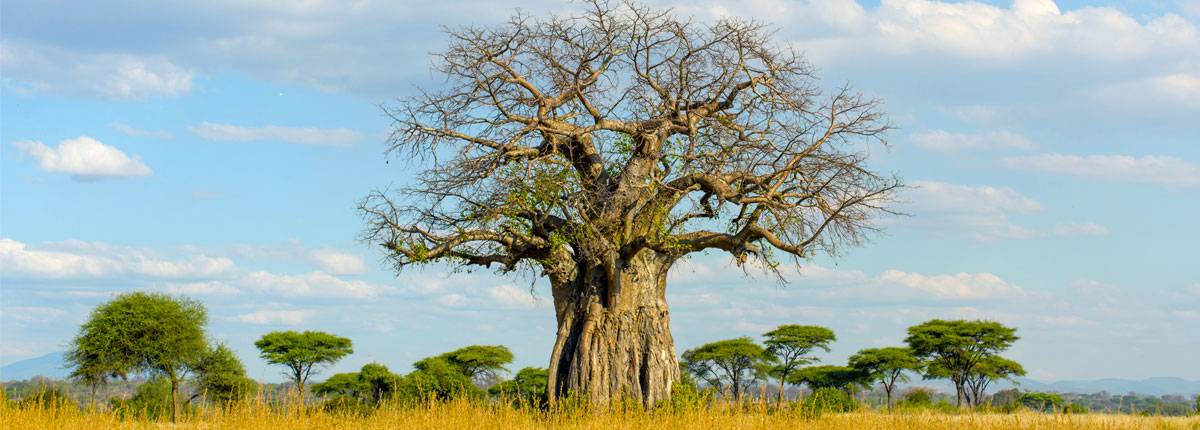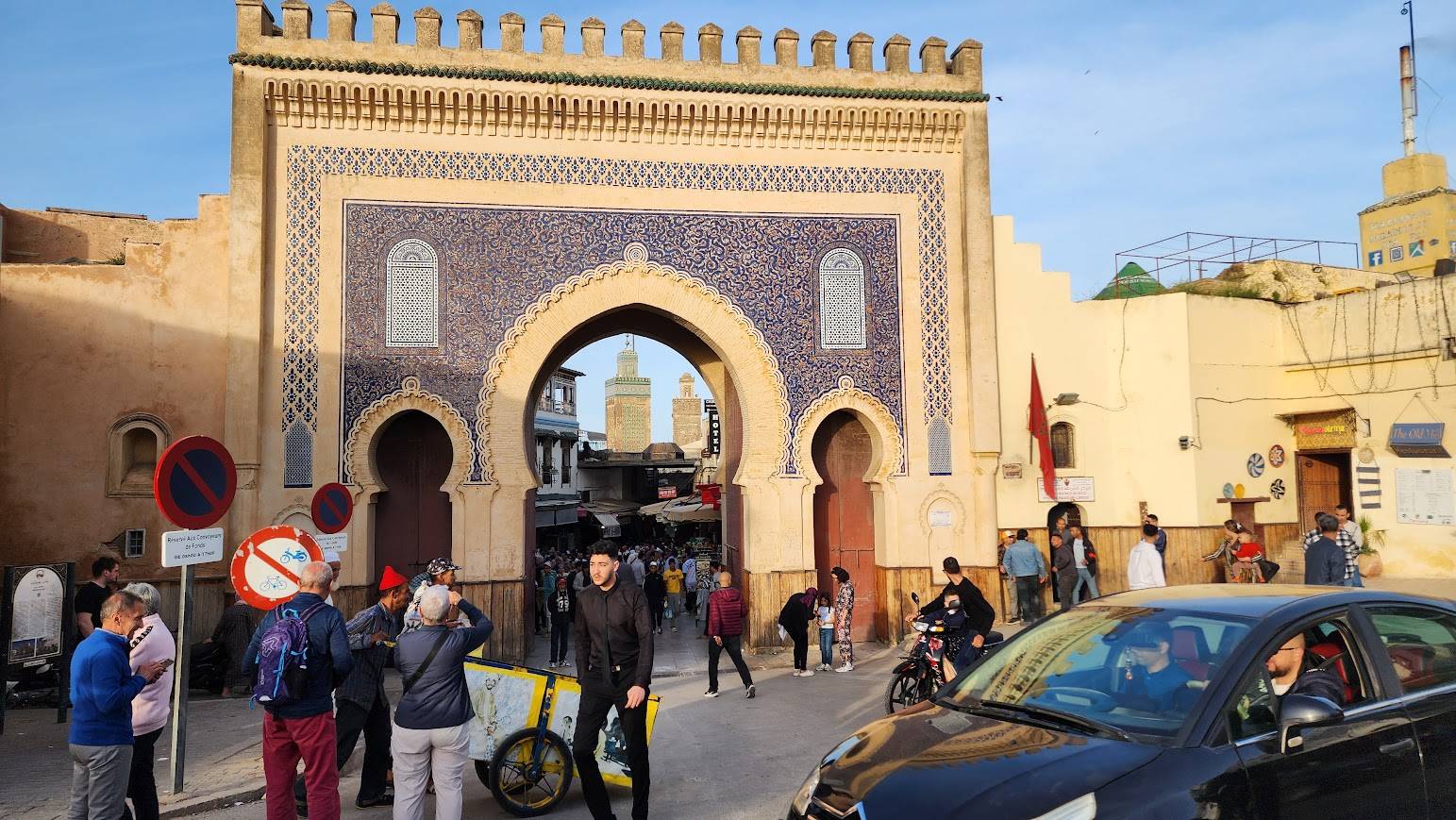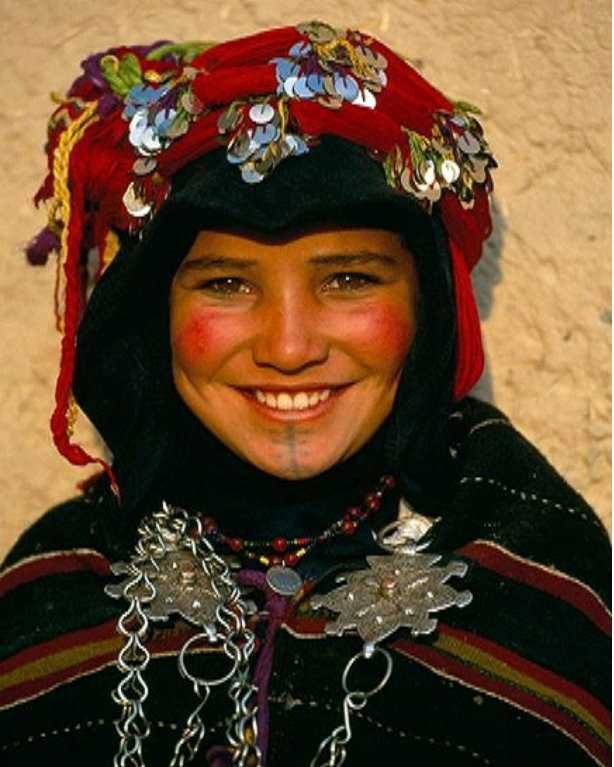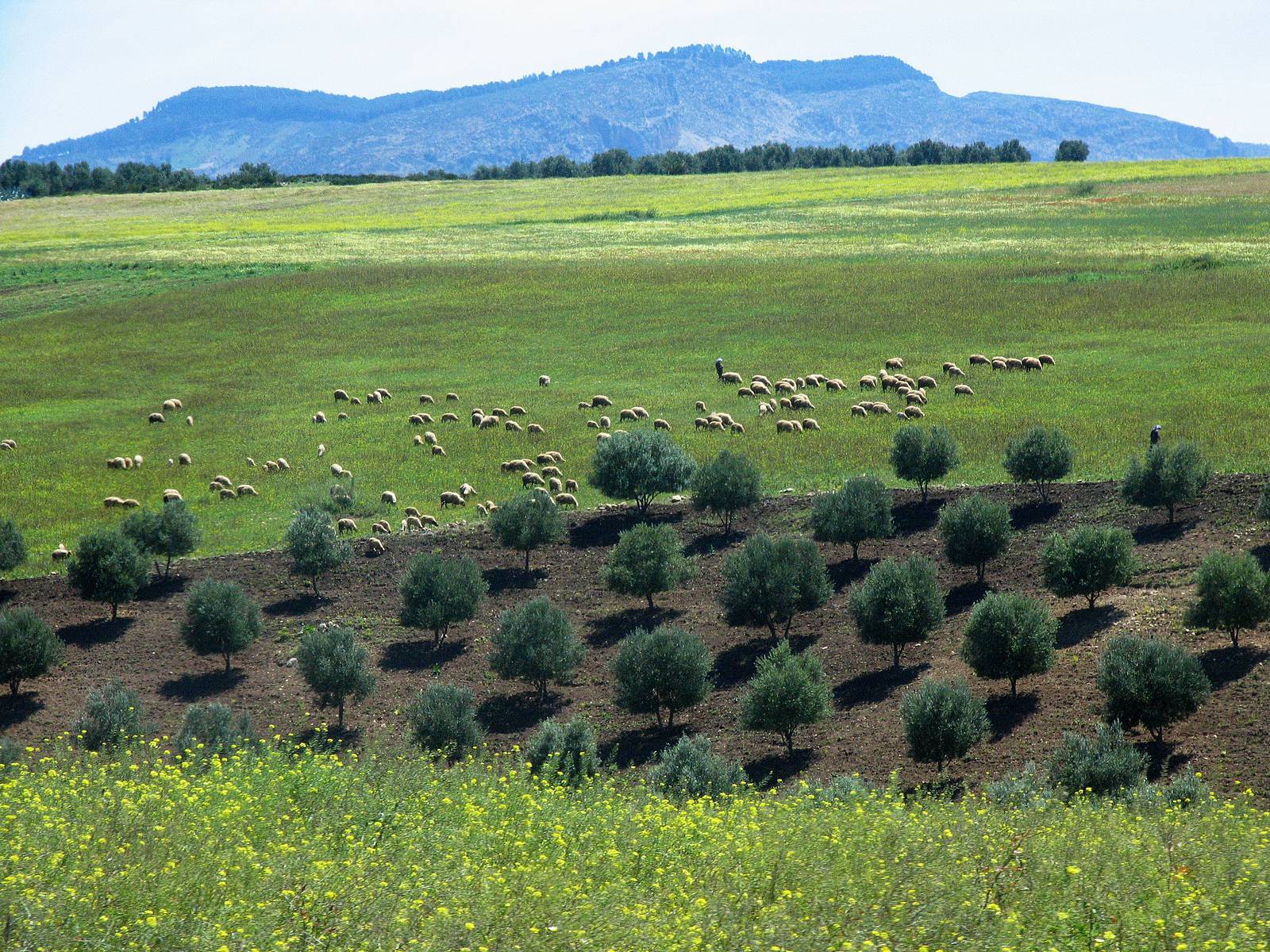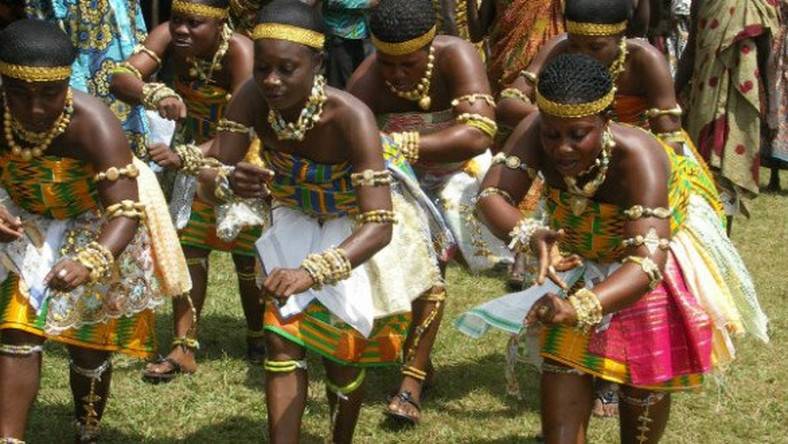Morocco, the doorway to Endless Beauty
Best Tours at Best Cost
It's More Extraordinary with Sarah Tours
We believe that travel is more than just ticking off destinations from a list. It's about immersing yourself in the heart of each place, going beyond the surface to truly discover a destination. With over 25 years of experience under our belts, our incredible adventures span all seven continents and allow you to delve deeper—exploring not just the iconic sights but also the hidden corners known only to the locals, where no other tours go.
Free cancellation
Enjoy peace of mind with our flexible booking policy - cancel with advance notice and receive a complete refund for your scheduled experience.
Why choose us
24/7 Staff Assistance
Whether near or far from home, your trip will be local led and full of unforgettable experiences, with everything taken care of.
Meticulous Assessment
You deal with Morocco and trans-Africa's most qualified and reliable travel experts for sustainable tours and expeditions.
Budget Tours
Multiple choices of tours and overland trips with best offers for all budgets All through Africa.
Adventure Articles

Urban Agriculture in Grand Casablanca
Urban Agriculture in Casablanca and Rabat: A Green Renaissance in the Heart of Morocco Urban agriculture in Morocco’s major cities, especially Casablanca and Rabat, is more than a modern experiment. It is a revival. A quiet return to ancestral rhythms, where earth and community are not forgotten in the rush of urbanization. Amid the humming of traffic and the sprawl of concrete, new life grows in rooftop gardens, schoolyards, small terraces, and community plots nestled between apartment blocks. In Casablanca, Morocco’s economic capital, urban farming is becoming a source of resilience and pride. From peri-urban farms that supply local markets with fresh produce to rooftop projects in Hay Mohammadi or Sidi Moumen, citizens are reconnecting with the soil. Not long ago, the city was flanked by fertile agricultural lands. Today, as urban sprawl consumes rural edges, families and cooperatives are reclaiming green space from within, utilizing recycled materials, rooftop composting, and water-efficient systems. In Rabat, the political and cultural capital, the story is even more inspiring. Community gardens supported by NGOs and schools are helping children learn the value of self-reliance, ecology, and food heritage. Elderly residents share traditional planting knowledge, while youth experiment with vertical gardens and hydroponics. It is a merging of the old and the new, of ancestral wisdom and modern ingenuity. Urban agriculture in Morocco is not only about food production; it is about dignity and possibility. It gives meaning and purpose to idle rooftops, empowers women through cooperative farming, and fosters food security in low-income neighborhoods. In both Rabat and Casablanca, gardens become meeting points — spaces for dialogue, education, and community healing. As Morocco continues its journey into sustainable development, urban agriculture offers a local, inclusive, and ecologically sound path forward. It holds the potential to inspire visitors from around the world, showing them that a nation rooted in tradition can also be a pioneer in innovation. One standout example is Dr. Fettouma Djerrari’s Urban Agriculture Farm Jnan Lakbir in Dar Bouazza, on the outskirts of Casablanca. This innovative pilot project integrates sustainable farming into the urban landscape, offering a living example of how cities like Casablanca can produce healthy food locally. Through composting, eco-irrigation, and educational outreach, Dr. Benabdenbi’s farm is shaping the future of food resilience and environmental stewardship in Morocco. At Sarah Tours, we believe these green projects are worth exploring, celebrating, and supporting. They are the seeds of a brighter, more resilient Africa, and they are blooming right in the heart of Morocco’s cities. Most of our farm tours visit similar institutions.
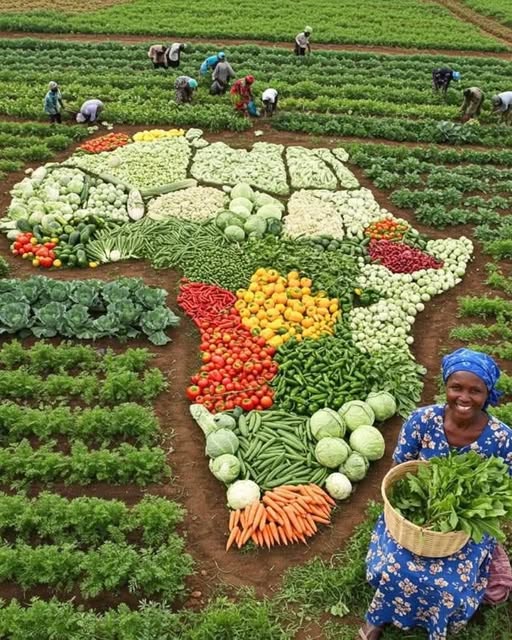
Africa Feeds the World
I recently came across a striking image that stopped me in my tracks, a map of Africa, not drawn with lines or borders, but sculpted entirely from fresh produce. Tomatoes, cabbage, peppers, carrots, beans… each region thoughtfully represented by the fruits of its soil. It wasn’t just clever. It was profound. It told a story, one that resonates deeply in our times. Think about it. In the 21st century, the future of humanity lies not only in the advancement of technology but also in the return to what is essential: health, nourishment, and the land. The so-called developed world, for all its wealth and innovation, is struggling to feed itself, not for lack of resources, but because it has lost touch with them. The relentless pace of modern life has no time for the patient rituals of planting, harvesting, or tending. Their soils are poisoned by industrial greed. Their diets are corrupted by speed and artificiality. The pharmaceutical giants, armed with science and ambition, have failed to provide effective remedies for the chronic ailments associated with this lifestyle. And so we are left with one truth: there is no substitute for good food. ![] Real food, grown with care, is the only sustainable medicine for the body and soul. And it does not come from massive Agro-corporations or distant stock exchanges. It comes from the humble hands of small farmers. It is the work of communities who till the land each morning and fill the markets with life and colour by dusk. It is not the Memphis Cotton Exchange or the Detroit Wheat Market that feeds a nation; it is the woman with her basket of greens, the man ploughing a modest field, the child gathering mint in a sunlit garden. And where do we find this truth most vividly alive today? In Africa. Africa, with its rich soil and abundant sun, its industrious people and deep-rooted sense of community, is becoming the heartbeat of a future the world didn’t see coming. A future that is not about domination or overconsumption, but about sustenance, dignity, and shared prosperity. In its fields and villages, on its small farms and family tables, lies a wisdom that the modern world has lost: that health is wealth, that land is legacy, and that food is sacred. This image, a continent shaped by harvest, says more than a thousand words. It is not just art. It is prophecy. Africa is not only the past; it is the promise. In the age of disconnection, it reminds us to reconnect with the earth, with each other, and with what truly matters.
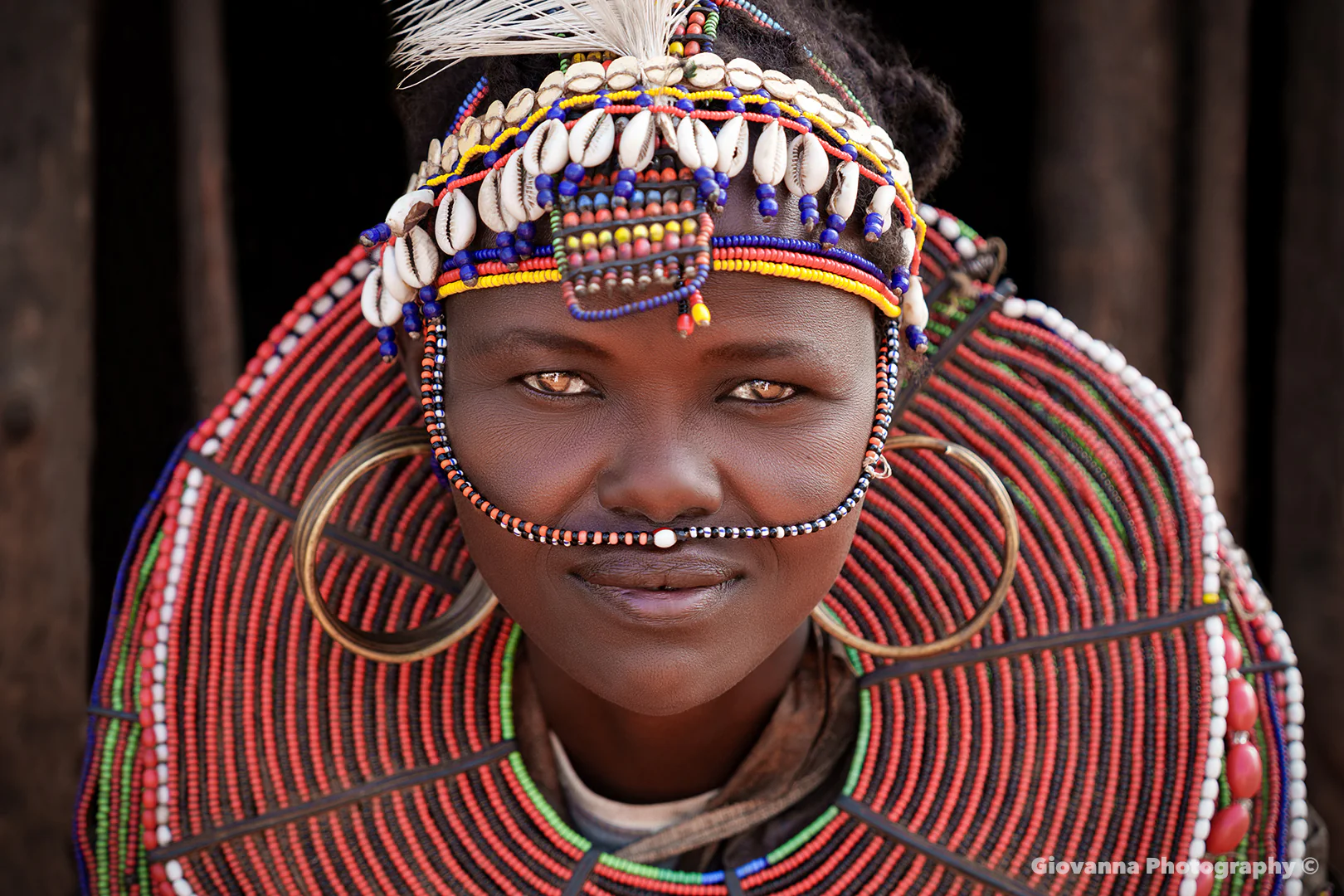
Africa Natural beauty
Clay and Grace: A Reflection on Natural Beauty, Identity, and Cultural Preservation in Africa Celebrate natural beauty, heritage, and African womanhood through a powerful reflection on tradition, identity, and cultural preservation. In the face of a rapidly globalizing world, there remains a quiet, powerful beauty in Africa—a beauty grounded not in performance or pretense, but in authenticity, ritual, and a deep relationship with the land and one’s community. A single image can hold within it centuries of tradition, and in the eyes of a woman from Kenya, adorned in her ribbed clay necklace, we glimpse a world where beauty is heritage and heritage is sacred. This woman, recently married, wears the necklace not as an ornament, but as a declaration of status, identity, and pride. Crafted carefully from beaded clay, shaped by hand, and worn with dignity, her collar is more than attire—it is a record of life’s transitions, of social belonging, and of ancestral continuity. This tradition, found among tribes such as the Turkana, Dinka, or Karamojong, speaks not just to aesthetic expression, but to the anthropology of African womanhood. Here, beauty is not manufactured—it is earned, celebrated, and layered with meaning in nature by God. The natural world plays an essential role in shaping these expressions. Materials like clay, beads, shells, and pigments are not simply decorative; they are elemental, grounding African art in the soil, the river, the tree. Each bead strung or collar molded is a conversation with the earth, a way of inscribing memory and value into form. In this context, beauty is communal. The process of crafting, gifting, and wearing is intergenerational—a mother guiding her daughter, an elder blessing the hands of a new bride. These practices form the fabric of African social anthropology: how knowledge is passed, how status is marked, and how a community sees itself through its women. Yet this beauty is also fragile. Modernity brings with it the erosion of language, of rituals, and attire. But images like this one preserve more than a face. They preserve a story, a ceremony, a declaration that African beauty need not conform to colonial or commercial ideals to be seen as valuable. It already is. To preserve this beauty is not to romanticize or fossilize it, but to respect its place in the evolving narrative of African societies. It is to honor the clay collar not as a costume, but as a culture. And to see in the gaze of this woman not only elegance, but a living archive of strength, memory, and grace. She is not a model. She is not a trend. She is heritage made visible. She is Africa.
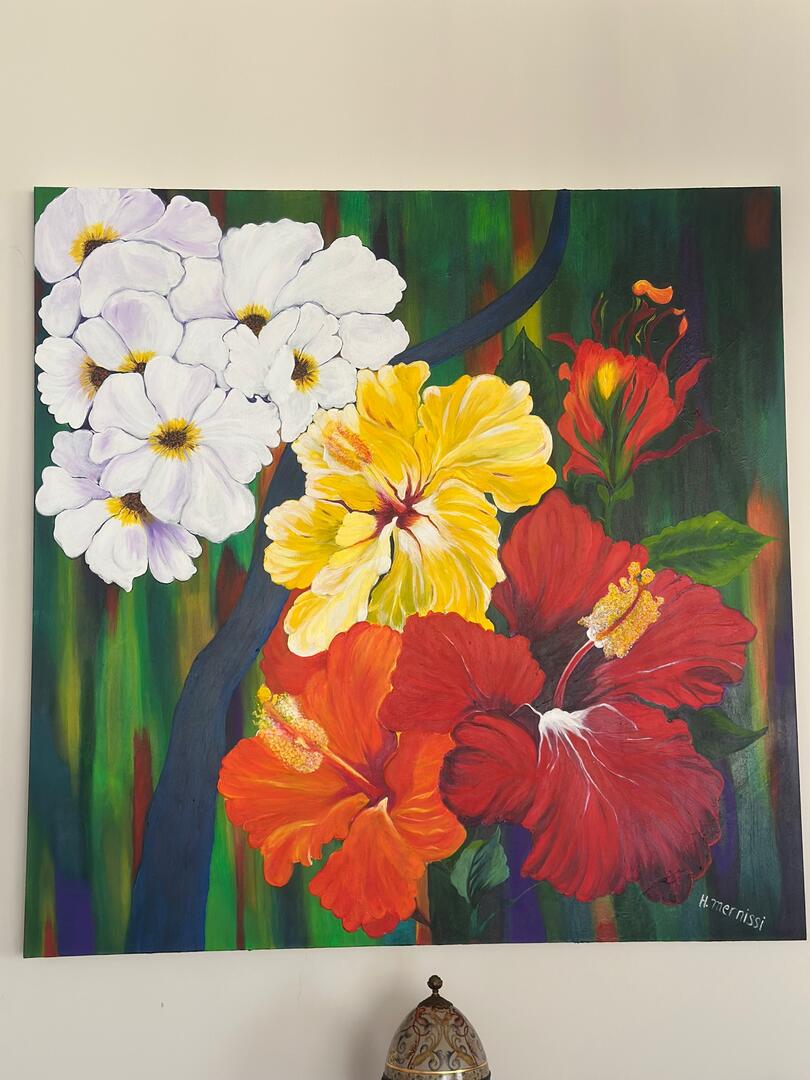
Cultural Reflections on Morocco in a Virtual Age
Where Memory and Art Intertwine: In this thought-provoking reflection, explore how Morocco’s vibrant cultural traditions—from the murals of Asilah to the medina artisans of Fez—intersect with today’s virtual art world. In this essay, we weave together insights from cultural anthropology, tourism, and digital creativity, offering a fresh perspective on how memory, place, and art evolve in a connected age. The phenomenon of the virtual world is no longer just a trend; it has become a lived and natural reality, whether we like it or not. For today’s emerging artists—regardless of their diverse levels of experience—this digital landscape is their birthplace. It is within this world that buried talents have found space to emerge, grow, and speak. These artists have every right to defend and present their creative voices. The discomfort expressed by some traditional artists toward this new generation is, in truth, unjustified. The virtual and the real have fused into a single, intertwined experience. The virtual world holds great potential to reach a broad audience, provided the content is genuine and meaningful. It has become clear that the two realms are no longer opposites; instead, they are complementary aspects of modern expression. The digital realm has democratized art in unprecedented ways. No longer is talent defined by academic credentials or access to elite galleries. A smartphone and a compelling vision are now enough to put a work of art on the global stage. This shift doesn’t threaten traditional art—it expands its boundaries. However, while this digital inclusion is empowering, some collective art activities today still lack transparency and credibility. Often, the spotlight remains focused on the same individuals for unclear reasons. This leads to a sense of fatigue and creative stagnation, particularly when the broader pool of talent remains overlooked. I raise this point not from a personal standpoint, but from a neutral perspective, because I aspire to a brighter and more equitable artistic future for our city. In my case, I began in the virtual world before transitioning to physical galleries. However, I have learned that the real challenge is not simply showcasing your work but transforming your talent from a hobby into a practice that reaches the level of true artistry. Authenticity is the new currency. Today’s audiences, especially the younger generation, can sense what is sincere and what is fabricated. Authenticity is what builds lasting engagement. To avoid creative stagnation, art spaces—both online and offline—must reimagine curation. Open calls, rotating exhibitions, and community-led initiatives can help share the spotlight and elevate diverse artistic voices. The future of art lies not in choosing between the virtual and the physical, but in merging them with intention and depth. Virtual galleries, augmented reality installations, and global digital residencies are already reshaping the art world. Artists must think in hybrid terms, where physical presence meets global resonance. One shining example of this balance between tradition and innovation is the coastal town of Asilah in northern Morocco. Known for its whitewashed walls and Atlantic breeze, Asilah hosts an annual International Cultural Festival that brings together muralists, painters, musicians, and writers from all over the world. For decades, its streets have served as open-air galleries where local and international artists leave their mark, both literally and symbolically. Asilah demonstrates that traditional towns can evolve into vibrant global art spaces while preserving their heritage. It invites us to rethink how cultural tourism, local identity, and artistic expression can coexist and thrive in harmony. In Morocco, art is not just an aesthetic—it is a lived tradition rooted in place, memory, and identity. From the intricate zellige tilework of Fez to the vibrant murals of Asilah, creativity is deeply embedded in the social fabric. Every town tells its own story, shaped by centuries of migration, mysticism, resistance, and adaptation. Take Asilah, for instance. Once a Portuguese fort town, it has become a symbol of Morocco’s modern cultural renaissance. Its International Cultural Festival, launched in 1978, was more than an artistic initiative—it was a grassroots movement to reclaim public space and promote intercultural dialogue. Each summer, its medina becomes a gallery of painted walls, where local voices and global ideas meet. These murals do more than beautify; they preserve oral histories, challenge political boundaries, and empower young people. In Fez, the medina is itself a living museum. The tanneries, weaving cooperatives, and calligraphy studios reflect traditions that have been passed down across generations. Yet today, many of these artisans share their work on Instagram or through digital marketplaces. Their craft, once confined to local markets, now enters global conversations, bridging the ancient and the immediate. Meanwhile, Chefchaouen, known for its blue-washed walls, has emerged as a destination not only for its aesthetic charm but for its spiritual and artistic lineage. Long associated with Andalusian refugees, Sufi mystics, and mountain Amazigh communities, it invites visitors to engage with Morocco’s plural identities, beyond the postcard. As tourism evolves, cultural travelers seek more than consumption—they want connection. They seek experiences that strike a balance between tradition and transformation. Morocco offers this in abundance. It is a country where sacred music festivals, Sufi retreats, calligraphy and Art workshops, and culinary journeys serve as immersive gateways into its complex cultural landscape. To walk through Morocco is to walk through a palimpsest—a layered narrative of civilizations, rituals, and revolutions. And in today’s hybrid era, these narratives continue in new forms, on new platforms, reaching new hearts. We must also acknowledge that even the once-glorified figures and rigid traditions of the past will eventually fade. What endures is honest, evolving, and rooted in the now. Don’t wait for validation. Keep creating. Stay true. In the end, it is the genuine who remain. — Brought to you by Hamid Mernissi, Sarah Tours, founder
Become an insider
Get insider tips, travel inspiration, and exclusive offers you won't find anywhere else — sign up now!
